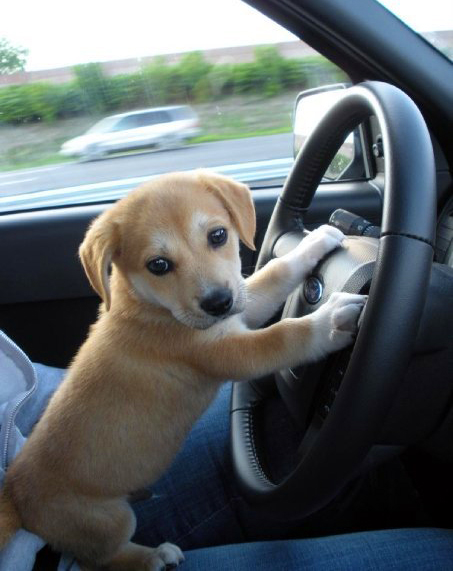What Types of Chihuahuas are Officially Recognised?
If you are interested in buying a Chihuahua puppy, and are new to the breed, you will probably have noticed advertisements for a wide variety of Chihuahua breed types. All sorts of exotic, fancy-sounding names are used to describe these “special” types of Chihuahua: Teacup, Miniature Chi, Tiny Toy, Deer Chi, just to name a few.
The reality is that the American and UK Kennel Clubs only recognise two official types of Chihuahua: the Long-Coat and the Smooth Coat, or Short-Haired Chihuahua. This differentiation obviously refers solely to the type of coat the Chi has. Other physical variations are not considered to be significant. The two basic variations in body shape, are referred to as “Apple” or “Deer” shape. Some Chihuahuas have rounder, apple-shaped heads, while others have more elongated head shapes, resembling a deer’s head.
These physical variations do not divide the dogs into sub-breeds. The reality is that many Chi breeders and pet shops use these unofficial names to attract customers, and to cater to fashion-conscious dog owners. They will often charge much more than they should, because of the supposed “rarity”, or increased value of really small Chi’s, or Chi’s with elongated features.
The Role of Fashion in Chi Breed Types
Chihuahuas that have a certain look that is “fashionable”, are often bred by unscrupulous breeders, in order to make more money than usual. Take Paris Hilton’s Chihuahua, Tinkerbell, for example. Ever since that tiny Chi was seen being carried around in designer handbags, there have been many fashion-conscious women and girls wanting to copy that look. The same goes for the latest wave of Chihuahua fans, inspired by the Disney movieBeverly Hills Chihuahua.
When a litter of Chihuahua puppies is born, there are natural size variations. Some puppies will grow up to be naturally tinier than their siblings. What some breeders do, is make use of cruel methods to keep puppies small, or discard the larger puppies and concentrate on raising the tiny ones only.
To stop this kind of cruelty, the public should be made aware of the facts behind Chihuahua “breeds”. If they know that the really tiny ones are not a separate breed, but are a natural variation, the breeders won’t be able to inflate their prices so much. When people buy Chihuahua puppies, they should make sure that the breeder is an official member of a recognised breeding scheme. In the case of UK kennels, only 3,000 out of about 20,000 dog breeders have proper accreditation. Many of these breeders are running “puppy farms” and the UK Kennel Club is trying hard to crack down on those kinds of unlicensed businesses.
The problem with people buying a Chihuahua that looks “trendy”, is that they aren’t fully aware of the breed’s inherent health issues. In many cases, these health issues are made worse when certain physical characteristics are artificially encouraged or sought after by breeders. This leads to owners giving up their Chihuahuas to kennels, or to anyone who wants them.












